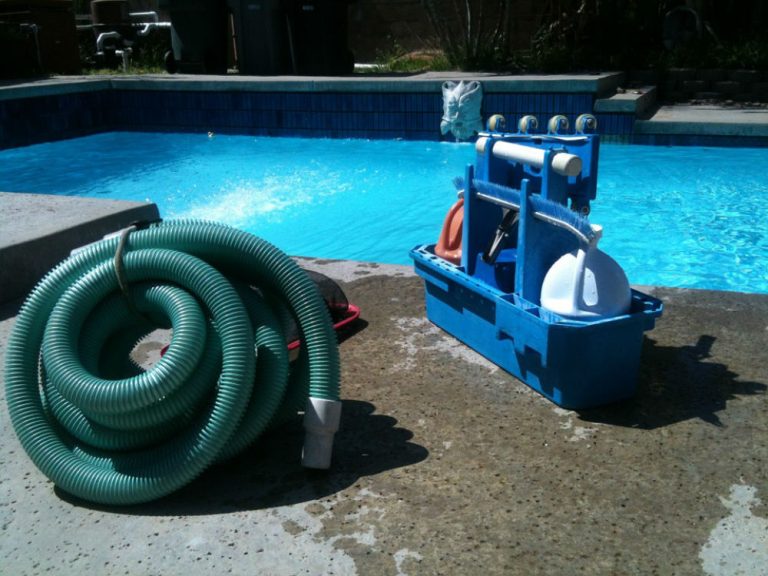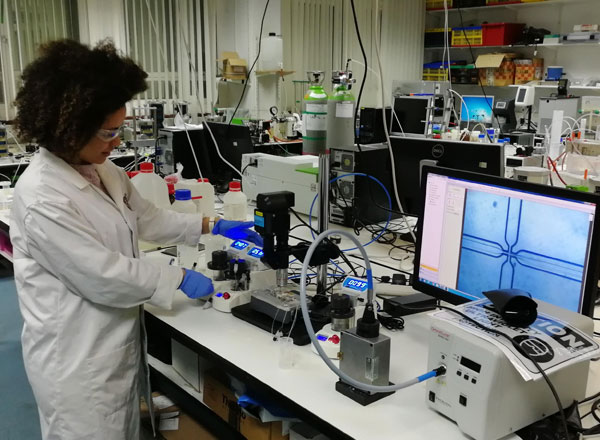The havoc caused by Mother Nature can sometimes cause havoc on our nation. Thankfully, rural insurance providers, Lycetts, are here to provide us with advice on how we can prepare for, and then recover from, a number of problematic disasters. Drought We use a huge amount of water throughout the UK. In fact, Water UK states that over 17 billion litres of water is delivered to the nation’s mains water supply per day. This water will cater for more than 60 million consumers, with 150 litres used by each of us on a daily basis on average. Of course, this water will go into the UK’s mains water supply whether there is rain or not. Therefore, a drought will officially be declared in the country if we experience 15 days of minimal wet weather — under 0.2mm of rain. In the UK, we tend to witness a drought once every five to ten years. How to prepare A top tip to help us prepare for a drought is to regularly make water conservation practices a part of your everyday life. That way, you will be familiar with using less water in the scenario that water limitation measures are brought in across the country. This means that you should look to use any spare water you have on your indoor plants, or on a suitable outdoor area of your workplace instead of just putting it down the drain once you’ve used it. An instant hot water heater should be installed onto your sink too, while dripping faucets should be repaired by replacing the water — for this last point, bear in mind that a single drip per second will result in 2,700 gallons of water being wasted per year! You should also consider planting native and drought-tolerant shrubs, trees, grass and ground covers in different locations on your land. This is because they will adapt to the local climate and not need too much water once established; not to mention often surviving a sustained dry period without watering. Mulch should also be used to retain moisture in the soil, with the added benefit being that mulch controls weeds which compete with other plants for water. How to recover In most cases, your daily routine will sharply adjust back to normal following a drought. Any hosepipe bans which were enforced will be swiftly lifted, for instance, so that you can go back to cleaning the exterior of your business and watering plants as normal. Any restrictions on water use will be eased too, though it’s still best to keep up the water conservation practices advised above as a way of life moving forwards. However, it may take your lawn a longer period of time to recover. If it’s being subjected to a drought for a long period, turf grasses may have turned brown and stopped growing completely. While most of the lawn will often recover in time with renewed rainfall, you should look to carry out renovation and repair work in the autumn for particularly problematic areas. Over-seed areas which are sparsely-grassed — this guide by the RHS will help — and refrain from using lawn weed killers on turf that has been affected by drought throughout the autumn. The post-drought recovery in the UK is also monitored by the Environment Agency. In its Drought response: our framework for England report, the organisation states: “Once a drought recedes, it’s important to continue environmental monitoring to assess recovery of sites and identify any long-term environmental damage. Our area analysis and reporting teams are responsible for establishing and carrying out a drought recovery monitoring programme. Drought monitoring will normally continue until the ecology has recovered to normal conditions.” Flooding Flooding has been a major concern in recent years in the UK. Between November 2015 and January 2016, for instance, the UK experienced the most ever rainfall for that date period. Not too earlier than that, the wettest winter on record for the UK was recorded during the winter of 2013/14. How to prepare Thankfully, we should generally have a lot of time to prepare for floods due to the regular media updates. This page of GOV.UK should also be monitored, as it informs you if your area is either at an immediate risk of flooding, at risk anytime in the next five days or is seen to be a long-term risk area. If there’s a high risk that your area will be flooded, then you should make up an emergency kit. There are different ones for when you’re at a facility, on the move, or in your car, which Red Cross details here. You should also purchase some sand and sandbags in good time — these are likely to be in high demand once a flood strikes. If you have been advised to leave your property, be sure to turn off all mains power so there’s no risk of electrocution from floodwater. Also, shut and lock every window and door to protect your property and also to give an extra barrier from floodwater getting inside. Take up-to-date photographs around the interior of your workplace too, as they may prove very useful in the event you need to make an insurance claim. How to recover Dispose of any food products if you property has been flooded as floodwater is at risk of being contaminated with sewage. Until your water supplies company gives your tap water the all clear, you should only boil tap water or use bottled water. Your water supplies company should be contacted if your tap water’s colour, smell or taste has changed as well. Gas or electrical items should also not be switched on until they have been checked by a qualified technician, as they may have got wet during a flood. You should also contact your insurance company as soon as possible. Make sure to take photographs ahead of starting any cleaning up too — which can be coupled with the photos taken when preparing for a flood as a









